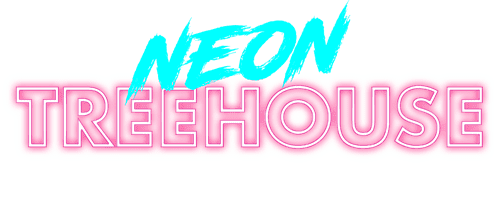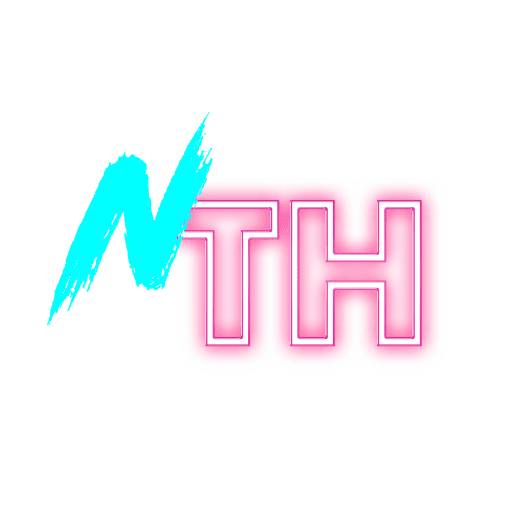Google unveiled a few new ad types at day 1 of the conference and spoke at length about how Search is getting smarter, giving users and brands more chances for relevant and useful integration.
The New Google Search
The emphasis of Google’s new Search is on reducing ‘friction’ in the ways that people access information. Making the process more intuitive and seamless, where users can find the information they need – even when they don’t know exactly what they’re looking for. In the past, Google has used simple word matches and synonyms to find mirrored text in documents and pages, and the linking this to the words or sentences used in your search. This has always worked to answer simple questions and queries, but what about more complicated concepts and ideas? Google are now using neural matching and machine learning as a much more complicated way of matching queries with documents. Google want Search to be able to interpret clear and underlying concepts, as well as context too, meaning better results for users. We can use Google Assistant as an example. When having a conversation with the assistant it learns as the conversation progresses and begins to understand the overarching concept and the context of the conversation. Google knows that users can draw much more information from visual stimulation and now Search can rank pictures based on more than pixels – it looks at underlying information and context to offer more useful images. But what does this all mean for marketers? Well, just hold on.
Gallery Ads and Showcase Shopping
Knowing that users are stimulated by visuals and can make more accurate and informed decisions based on their content, Google wants to place your visual ads in search. Gallery ads are visually rich scrollable units that will appear in mobile search results. Ads can contain up to 8 images and 70 characters per image, offering users rich visual information and giving them context to your brand. The ads have been in testing and early results are promising, showing 25% more interactions than other search ads. Gallery ads will compete with regular search ads for the top spot, and they are paid for on a CPC basis – clicks accounting for users progressing to a landing page or scrolling through 3 or more images. Gallery ads should mean high-quality scores and tap into more information-rich creative. Google’s Showcase Shopping ads are also getting an update. These units make use of broad queries such as ‘men’s jeans’, and Google says that up to 40% of queries are of this type. From now Showcase Shopping ads have been extended to image searches and both the Discover and YouTube feeds, encouraging more consumer engagement. These units can now utilise location data to show store locations and brands can select more images to display.
Deep Linking
As we have mentioned in other blogs the consumer journey is more complex and diverse than ever. Marketers and brands have long struggled to track and measure data across both their web platforms and app platforms, often meaning difficulty in measuring ROI for ad spend. Google is focusing on deep linking ads and relevant mobile applications, helping brands bring their customer back to their applications, but importantly making it measurable. In simple terms, a mobile search, display or shopping ad will take the user back to your application, if they have it installed on their device. It allows you to measure campaign success across apps and websites and enables you to see how customers are interacting with your ads and your app; which is great for mobile conversions! There are 3 advantages of deep linked ads, it delivers a seamless mobile experience, it closes the loop on mobile conversions and helps track mobile ROI. Deep-linked ad experiences drove 2x conversion rates and helped Google direct customers to the right platform and experience. For deep linking to apply to your ads, you need to enable applinks for android and universal links for iOs.













